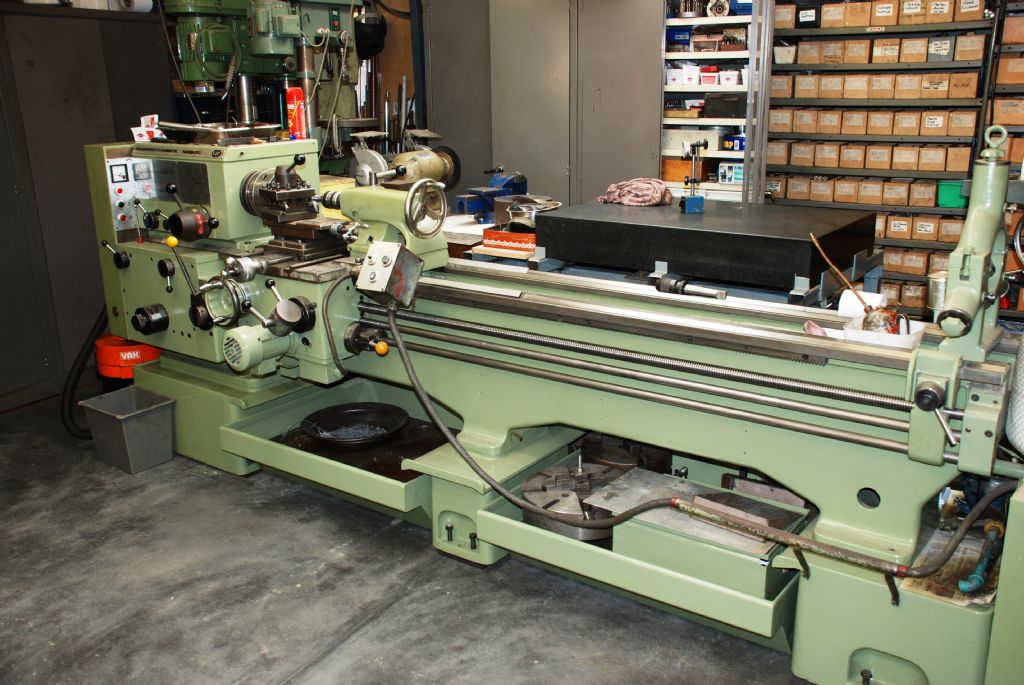@ Nigel_G I can't believe I forgot to reply but thanks for the offer. I have an 11/16" bore taper roller bearing I have been using though. Having a bearing in the flesh to understand the shapes and bearing surfaces is pretty useful.
@Clive Foster No I don't have any inherent love for bearings. The deal breaker is though that to use plain bearings I would need to harden and grind the spindle. I'm not a stranger to hardening little buts of steel but doing it on a large piece then getting it accurate again is probably beyond me in terms of skills and equipment. There is also more information on installing and using roller bearings compared to plain bearings.
Also some people said shaft collars might be inaccurate, others said they would be fine. To err on the side of caution and to allow me a better spindle design I decided that before making my permanent headstock and spindle I will make a temporary one using bronze bushings and a 16mm spindle. Advantage here is I can turn the spindle on my lathe and use taps and dies I already own for the nose. Once made I can turn the permanent spindle between centres and line bore the permanent headstock.

In terms of final spindle and headstock. I bought 2 32307A FAG bearings (oh boy what a bargain they were). If my spindle has a spindle nose with an M30 thread they will be the front bearings. If I make my spindle with a M48 thread they will be the rear bearings (as on the first example in the Timkens bearing link).
Thread cutting is still a problem for the larger spindle. If I get two timing belt pulleys of equal size (this lathe will start off with a 16×2 leadscrew) could I single point turn a 2mm pitch thread? A fully functioning saddle and cross slide will be made before the headstock is so I'm thinking of letting the lathe make itself.
Anyone know the bearing dynamic load rating of their lathe? The bearing I bought are 100000 N (radial). Curious how they compare.
Edited By Rainbows on 08/05/2016 23:10:09
Hopper.







